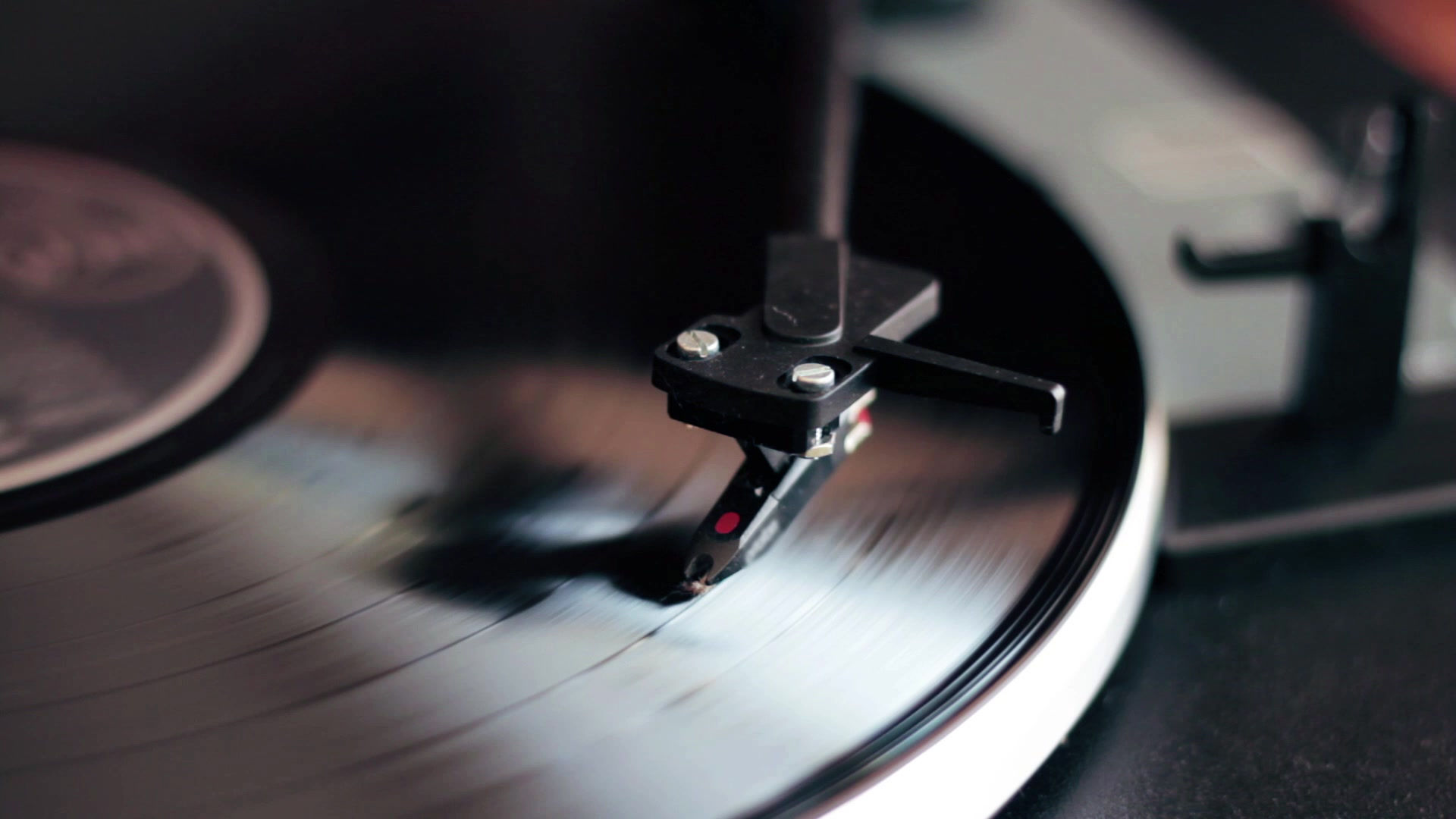Jason Kao Hwang
- Gerald Van Waes
- Jun 25, 2016
- 2 min read

Innova Rec. Jason Kao Hwang / EDGE : Burning Bridge (US/CH,2012)***°
Jason Kao Hwang (born 1957 in Waukegan, Illinois) is a Chinese American violinist and composer who focuses primarily on jazz and improvised music, while showing a particular interest in cross-cultural projects. He has been associated with the Asian American jazz movement and has performed (on violin, electric violin, and electronics) with jazz artists like Anthony Braxton, Henry Threadgill, David Murray, but also new composers/performers like Pauline Oliveros and The Deep Listening Band, etc. He is a founding member of The Far East Side Band, an intercultural ensemble combining Chinese, Korean, Japanese, and American musical elements.
This work was about the idea of a burning bridge, which could mean something like a process of losing connections while making the bridging connections. It had a first additional association with it with the loss of Jason’s mother. Secondly in the “burning up of memories” a hymn in Presbyterian Church came also to mind. When one is filling the gaps between classical music, jazz and Chinese music one also is standing on that sort of bridge, because in process of making direct connections, one can also feel the breaking up of tonalities, while through the power of each one’s tendency of organisation each person still tends to fall back on its own story. The area starts in between one side of notations or composition, the falling back on one style reference, and improvisation which is entirely based upon hearing, with the burning itself is the falling apart in elements during the bridging process, at the moment when it makers itself totally based upon the feedback between the different modalities (harmonies and disharmonies) or approaches (tendencies), via solos it can be taken back more practically into the collective.
The first track was extremely promising in this theory, starting really with this full built bridge, reaching towards each other’s sides, with the Chinese mode giving it a contemporary touch, bringing closer also a thin line of doing injustice towards each other’s tradition that is challenging, which sounds new and fresh. But then quickly, the dangerous mode becomes entirely jazz.
The second track starts with a funeral theme with the crazy idea of a faster drum solo over it. This second element is taken over by the pipa confirming the same sort of speed. More improvisations follow, again in jazz-modes, between recognisable and more free modes and a few sounds of the instruments investigations themselves, between composed jazz and improvisation, with the strange sounds in this case not being strange towards the from jazz styles inspired instruments.
The rest of the tracks remain within that jazz area in a similar way, finding grooves, solo improvisations (trumpet, violin, pipa, double bass), while other parts remain rooted in improvised jazz.
In a way, I wish that the compositions had remained in the most challenging strange area between all genres longer, but of course, the falling back on one side mostly makes the release also easier to consume and to enjoy.
This album became possible via the cooperation between Chamber Music America’s 2009 New Jazz Works commission and Ensemble Development Program funded through the generosity of the Doris Duke Charitable Foundation.






















Comments